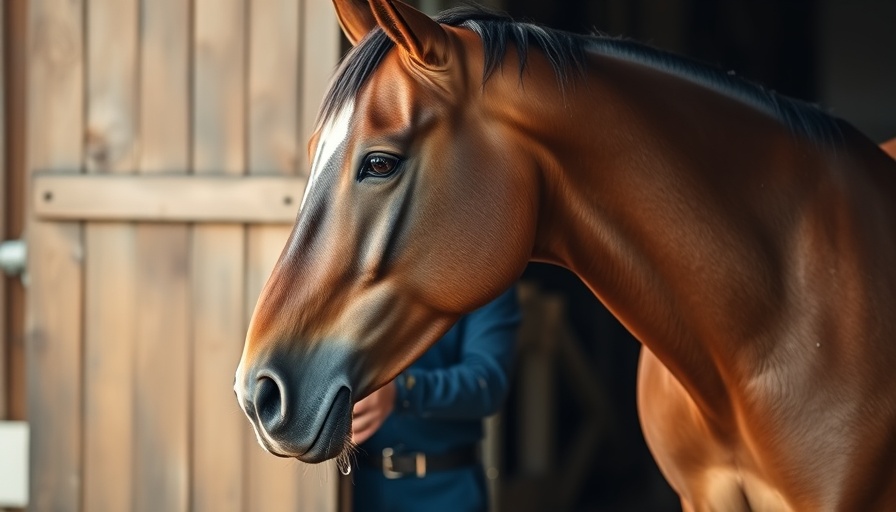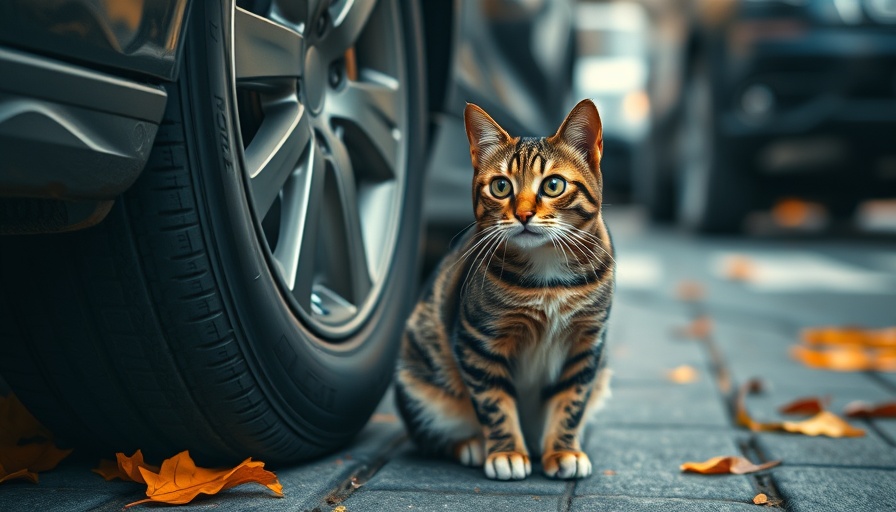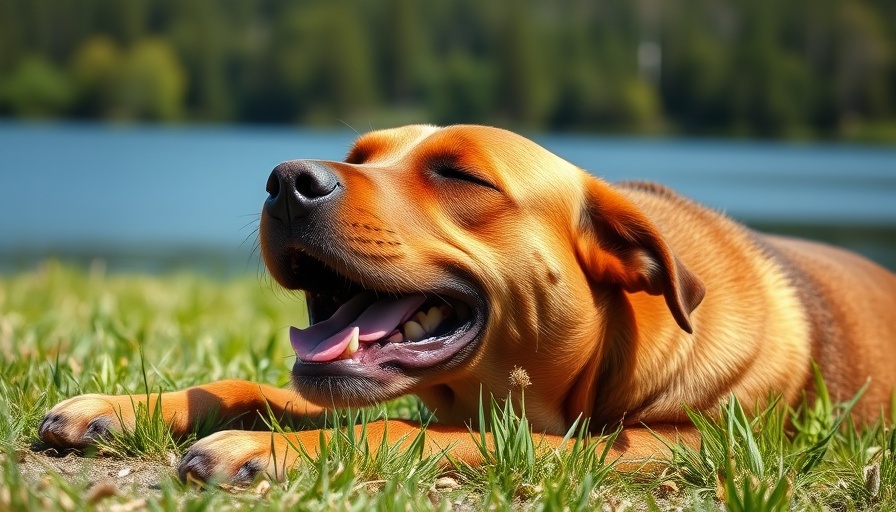
The Essential Guide to Horse Electrolytes: Keeping Your Equine Athlete Thriving
Much like human athletes, horses require proper hydration and nutrient balance to perform at their best. When horses sweat, especially during vigorous activities or in warmer climates, they not only lose water but also crucial electrolytes. Electrolytes are essential minerals like sodium, potassium, chloride, calcium, and magnesium, all of which play vital roles in various functions throughout a horse's body. Understanding the necessity of electrolyte balance and how supplementation can positively impact your horse is essential for any horse owner.
What Are Electrolytes and Why Are They Important?
Electrolytes serve as the electrical charge carriers that help regulate nerve impulses, muscle contractions, and fluid balance within cells. Just as human athletes overwhelm their bodies during extreme heat or intense workouts, horses face similar stresses that can lead to severe dehydration and electrolyte depletion. If not replenished promptly, horses may suffer from cramps or weakness, ultimately leading to decreased performance and health complications such as colic or neurological issues. Providing proper electrolyte supplementation is vital for equine athletes, especially during intense activities, competitions, or when exposed to hot weather.
When Should You Supplement Electrolytes?
There are specific situations in which your horse may need electrolyte supplements:
- Intense Physical Activity: Long training sessions or competitions can lead to excessive sweating.
- Hot and Humid Conditions: Environmental heat can accelerate fluid loss.
- Prolonged Travel: Stressful travel conditions can also enhance the risk of dehydration.
- Severe Diarrhea: Diarrhea, often caused by stress or dietary changes, can result in significant fluid and electrolyte loss.
In these circumstances, electrolyte supplementation is essential for maintaining optimal hydration levels and preventing serious health issues.
Forms of Electrolyte Supplementation
Electrolytes come in various forms, including pastes, powders, and pellets. Not every product suits every horse, so understanding the benefits of each form can help you decide on the best option based on your horse's needs. For example:
- Pastes: Easy to administer quickly, especially in acute situations.
- Powders: Often mixed with feed, making them ideal for regular supplementation.
- Pellets: High palatability can be beneficial for picky eaters.
By matching the right product with your horse’s preferences and needs, you're taking a crucial step toward enhanced health and performance.
Signs of Electrolyte Imbalance
Being aware of the signs that indicate your horse may be experiencing an electrolyte imbalance can be crucial in ensuring their well-being. Some common signs include:
- Excessive Sweating: More than usual can indicate a loss of critical minerals.
- Muscle Tremors: Twitches or cramps can signal an imbalance.
- Changes in Heart Rate: An elevated heart rate may indicate dehydration.
Being vigilant to these symptoms and taking immediate action through electrolyte supplementation can prevent more severe complications down the road.
Future Trends in Equine Nutrition
As the field of equine nutrition advances, more professionals are focusing on precise nutritional profiles customized for individual horses. This includes electrolyte needs tailored to the specific activity level, age, and health status of the horse. With more advanced nutritional products, horse owners can ensure that their equine companions have the best chance for recovery and overall performance.
Conclusion and Call to Action
In conclusion, being proactive about your horse's hydration and electrolyte balance is essential for their overall health and performance. Whether during competitions, extreme weather, or intense training, ensuring adequate electrolyte restoration is crucial. Consult with a veterinarian or an equine nutritionist to determine the best supplementation plan tailored to your horse’s specific needs. You can make a significant difference in their health and performance quality – take that step today!
 Add Row
Add Row  Add
Add 


Write A Comment